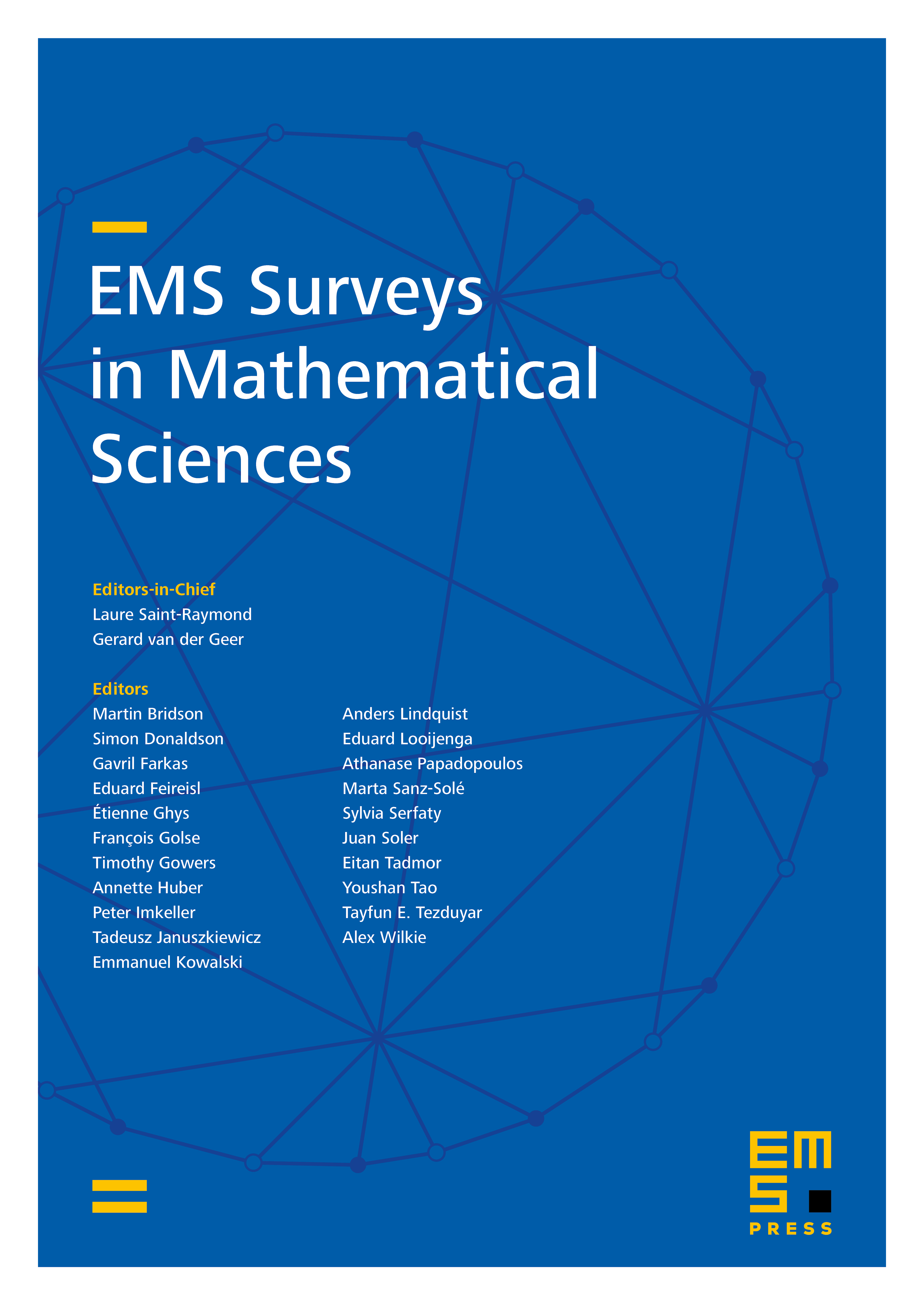Scaling limits of bosonic ground states, from many-body to non-linear Schrödinger
Nicolas Rougerie
École Normale Supérieure de Lyon & CNRS, France

Abstract
How and why could an interacting system of many particles be described as if all particles were independent and identically distributed? This question is at least as old as statistical mechanics itself. Its quantum version has been rejuvenated by the birth of cold atoms physics. In particular, the experimental creation of Bose–Einstein condensates leads to the following variant: why and how can a large assembly of very cold interacting bosons (quantum particles deprived of the Pauli exclusion principle) all populate the same quantum state? In this text I review the various mathematical techniques allowing to prove that the lowest energy state of a bosonic system forms, in a reasonable macroscopic limit of large particle number, a Bose–Einstein condensate. This means that indeed in the relevant limit all particles approximately behave as if independent and identically distributed, according to a law determined by minimizing a non-linear Schrödinger energy functional. This is a particular instance of the justification of the mean-field approximation in statistical mechanics, starting from the basic many-body Schrödinger Hamiltonian.
Cite this article
Nicolas Rougerie, Scaling limits of bosonic ground states, from many-body to non-linear Schrödinger. EMS Surv. Math. Sci. 7 (2020), no. 2, pp. 253–408
DOI 10.4171/EMSS/40